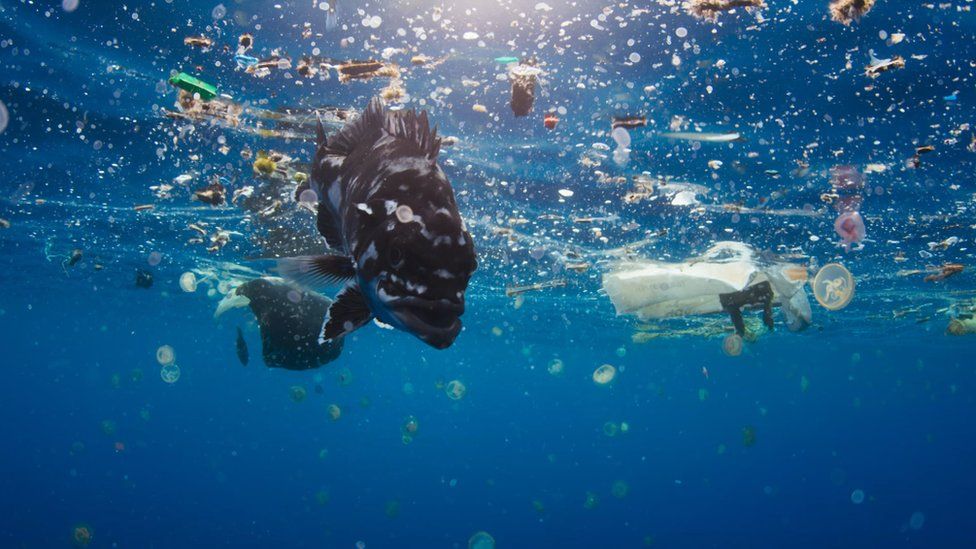Whether you're off to the Outback or the Sahara - Desert environments are no joke.
When I was 6 I went on my first desert trek in the Sahara, and my parents were in charge of making sure I was adequately protected - I was told to drink water, I had a hat and a headscarf, high UV protection sunglasses, and factor 50 everywhere. So naturally for the countless more trips into the desert I was pretty set.


Of course this all changes when you start to go away without your mum and dad, and you realise just how much all the nagging paid off - The first time I went away on my own I went to Malaysia and I soon realised just how bad I was at remembering to put sun cream on, (thankfully I remembered the Malaria tablets!) Then the year after I headed to Spain with my friends - I ended up with a heat rash and a very burned everything. Clearly I was so used to being told to put sun cream on or put a hat on that when it came to looking after myself I wasn't all that prepared.
Thankfully I learned from past mistakes, and I came home from Marrakech unscathed and unburned.
Of course the dangers of the desert are far worse than just sunburn - Heatstroke, exhaustion, dehydration and animals all play a role in making desert trips, whether that's 3 weeks in the Sahara or a day hike In the Sonoran, a potentially dangerous venture. So here's some tips on what to pack and how to stay safe :
- Bring a scarf or shawl > Most of the time its boiling in the desert, so its understandable that shorts and vests seem like a good idea, and they are, but make sure you bring a scarf in case you need to cover your shoulders or head. If you're wearing a cap and you feel too hot, swap it with a shawl and gently drape it over your head, it will still give you some protection from heatstroke and it will stop your scalp burning.
- Never skimp on water > If you need to bring an extra backpack just for carrying water then bring one. Being caught out in soaring temperatures is far worse than having a bit of backache - And the backache will give you an incentive to keep drinking, too!
- Don't hike alone > Similarly to diving, make sure you have a buddy with you! Hiking alone can be dangerous if you start suffering from heatstroke, and if you get lost either on a trail or elsewhere, two heads are better than one!


- Wear Shoes > Feeling the sand or ground beneath your feet is a beautiful feeling (it's called earthing) but in certain places (I'll use Arizona as an example) you can never be too sure what you're going to stumble over. Rattlesnakes, Scorpions and even broken glass can pose a serious threat in the desert, made even worse if you're in a remote area or on your own. You're unlikely, however to come across any "nasties" when you stay on designated trails or you're with a guide, but you can never be too sure, so always keep your feet protected.

- Bring the Factor 50 > I cannot stress this enough, unfortunately through my own experience going without suncream in a desert environment is agonising. (I walked to Port Ghalib from Marsa Mubarak in Egypt, its a mere 30 minute walk, desert on one side, reef and Red Sea on the other, but by the time I arrived I knew my legs had been seared into next week by the sun. Putting my wet suit on the next day during a dive was near unbearable) Just putting high factor sun cream on before a hike or trip won't be enough, sun cream becomes inactive much faster than you may realise and once you start to feel that burning sensation, it won't stop until you get into the shade.
So there you have it, a few things I've learned over the years during my desert travels. I hope you find this useful and have some awesome adventures too!
Happy Travelling!
Jo






































